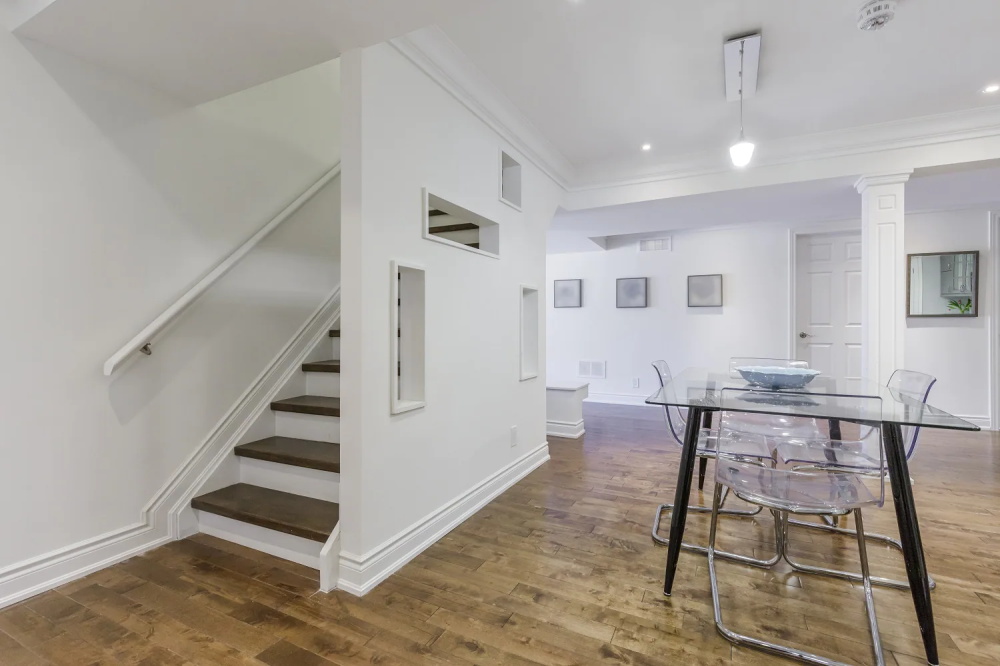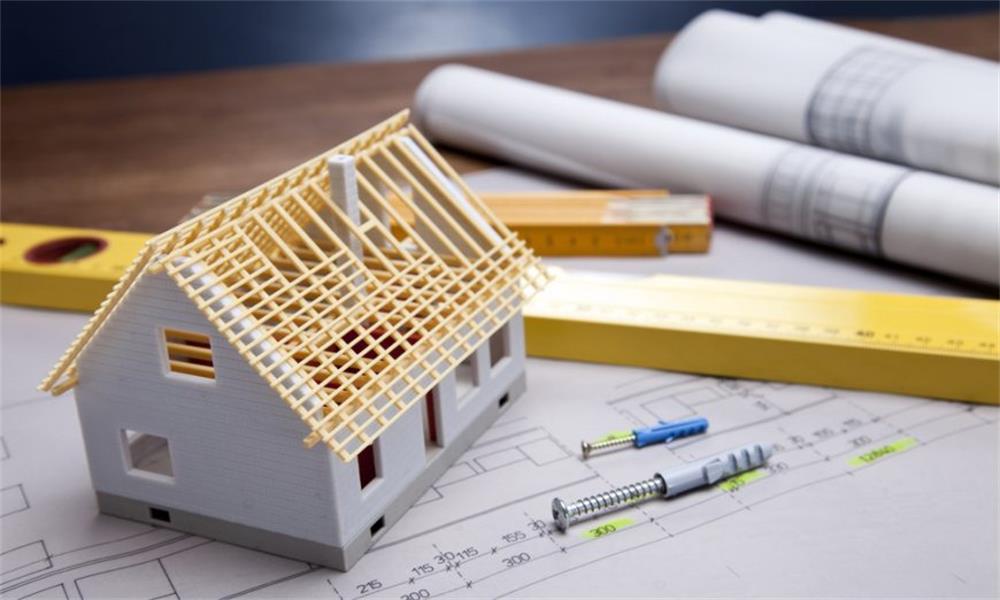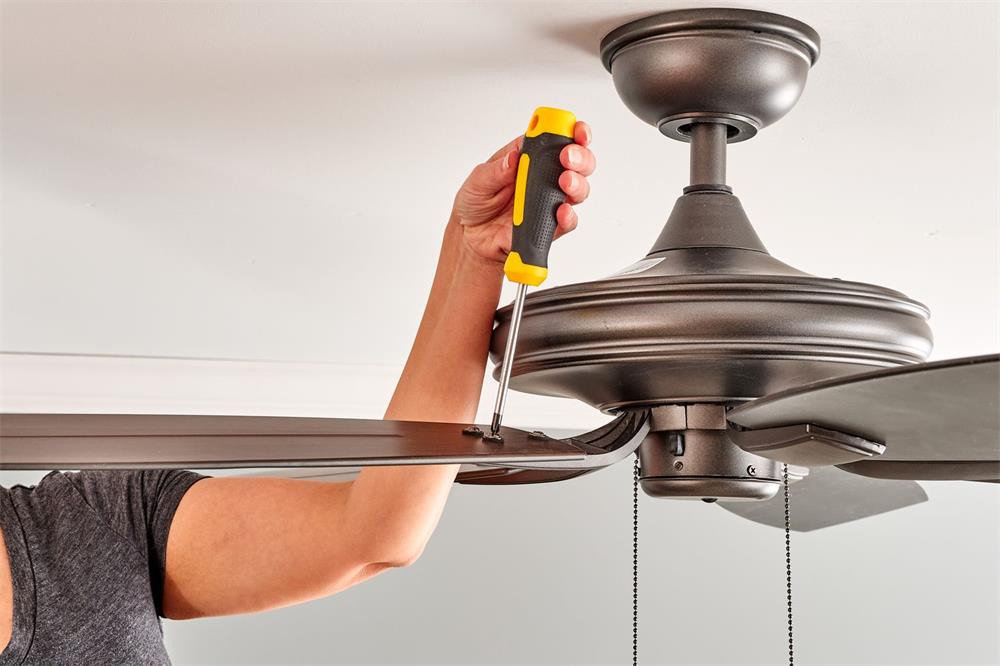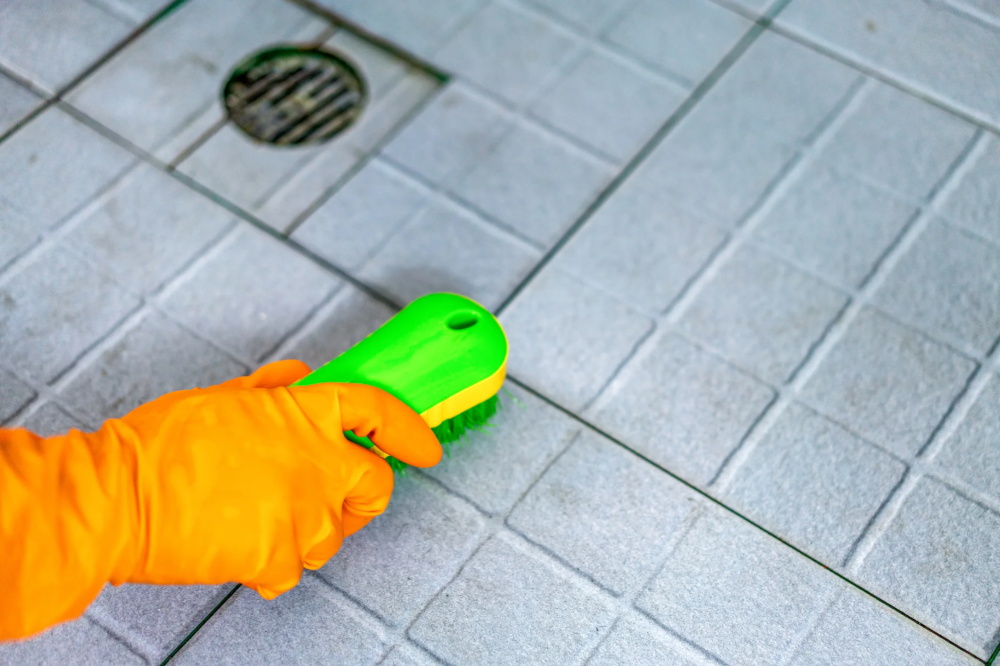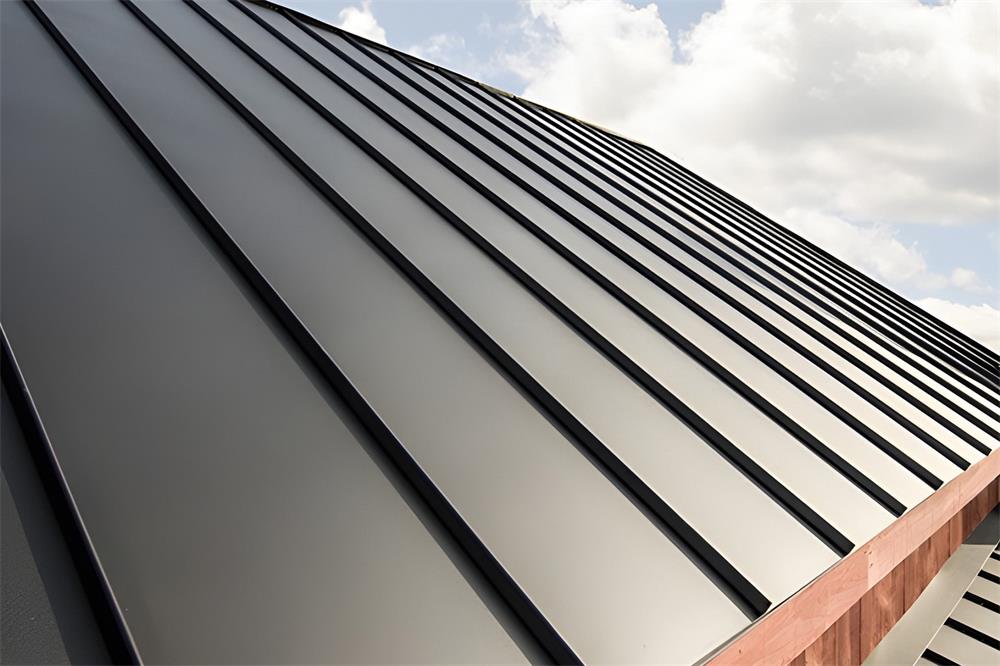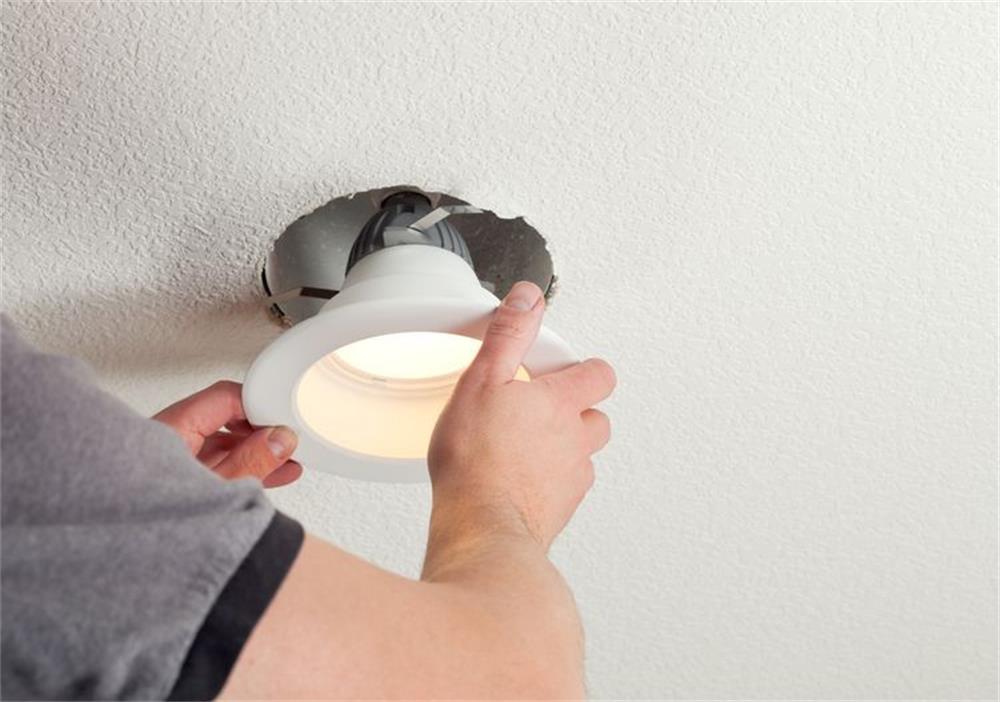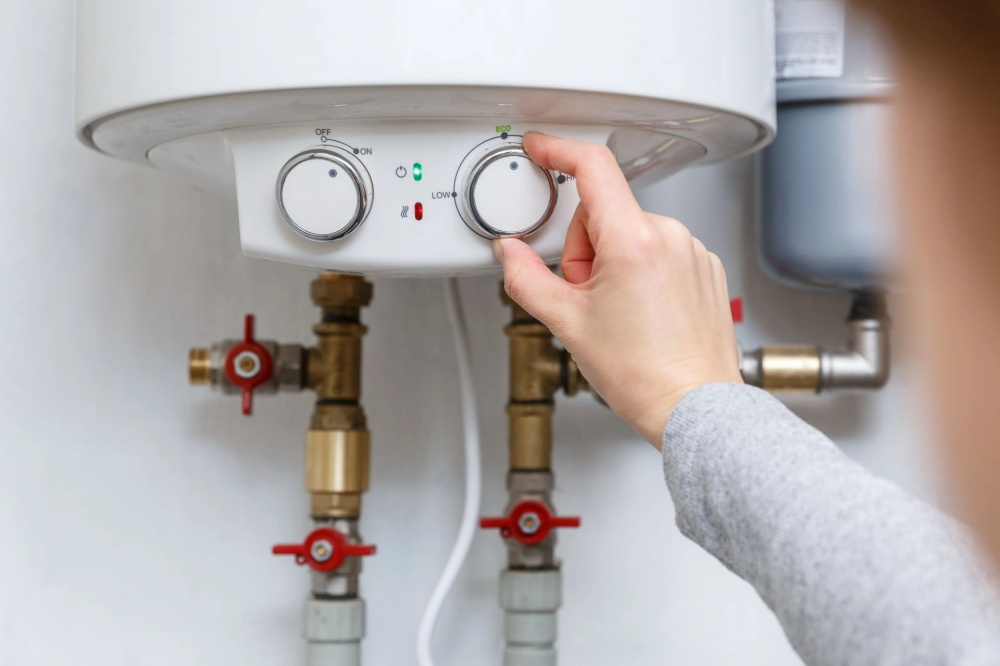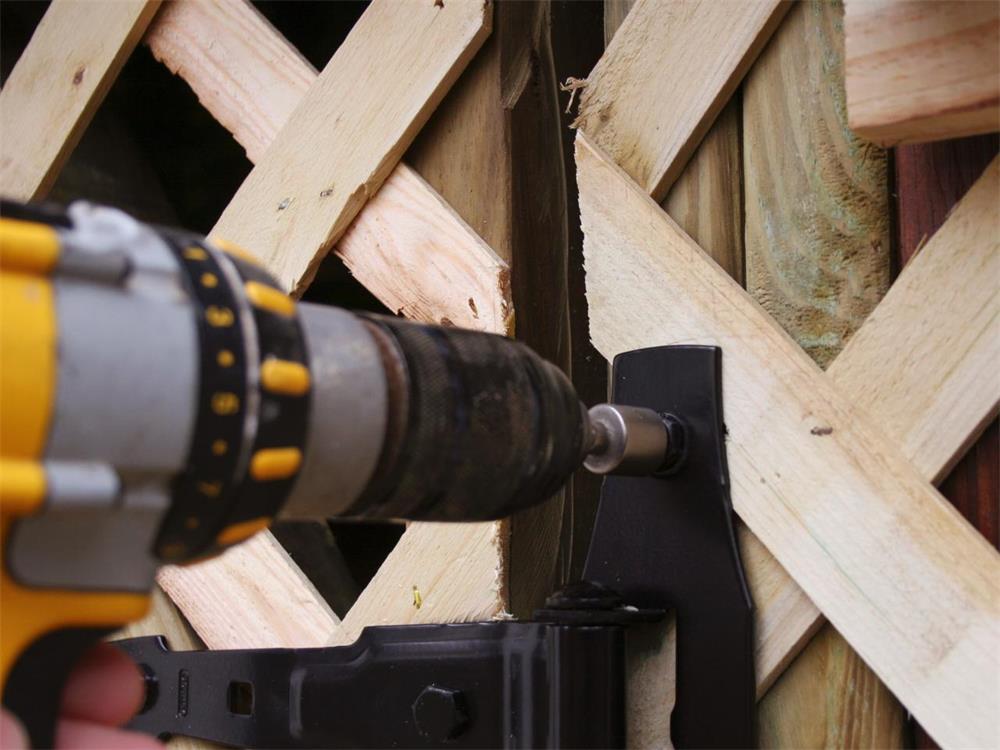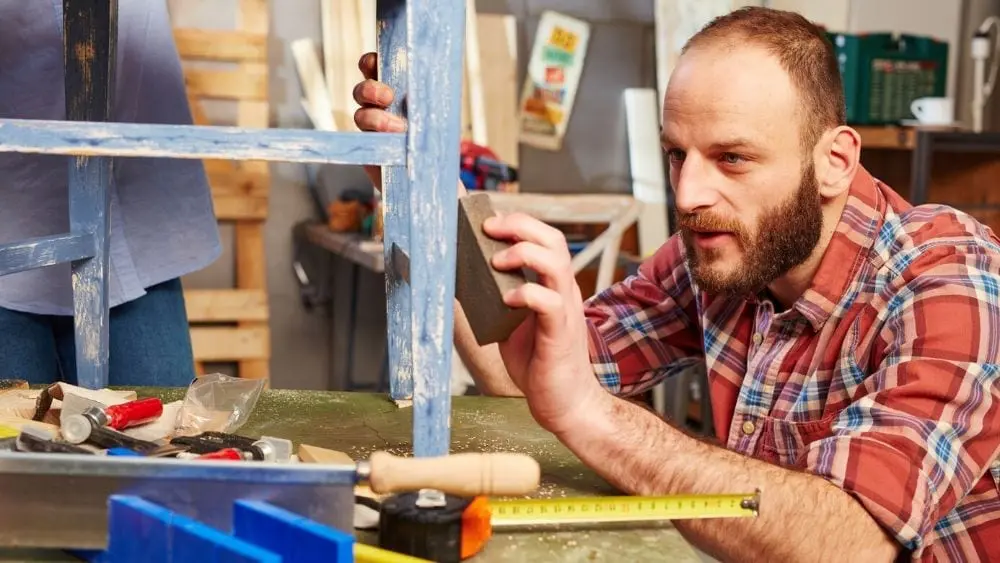A dry basement is essential for your home’s well-being, especially if you want to finish it and use it as a living space. Moisture can damage building materials, promote mold growth, and reduce your home’s value. To prevent these problems, you need to waterproof your basement using a combination of strategies that address the source and the symptoms of wetness.
The Causes of Basement Moisture
Basement moisture can come from two main sources: outside and inside. Outside moisture can seep through cracks or gaps in the foundation wall, window casings, or floor. It can also enter through hydrostatic pressure when the water table rises above the basement level. Inside moisture can form as condensation on pipes, ducts, walls, or windows due to high humidity or temperature differences.
The best way to identify the cause of basement moisture is to do a simple test: tape a piece of aluminum foil to the wall and check it after a few days. If the foil is wet on the side facing the room, you have a condensation problem. If it is wet on the side facing the wall, you have a seepage problem.
The Solutions for Basement Waterproofing
Depending on the cause and severity of your basement moisture problem, you may need to apply one or more of the following solutions:
- Improve drainage around the foundation: The first line of defense against basement moisture is to divert water away from your house. You can do this by grading the soil so that it slopes away from the foundation, installing gutters and downspouts that direct water at least 10 feet away from the house, and adding extensions or splash blocks to prevent water from pooling near the walls.
- Seal cracks and holes in the foundation wall: The next step is to inspect the exterior and interior of your foundation wall for any cracks or holes that allow water to enter. You can seal them with hydraulic cement, which expands as it dries and creates a watertight bond. You can also apply a waterproof masonry cement or a rubber membrane liner to the entire wall for extra protection.
- Install a sump pump and drainage system: If you have a high water table or frequent flooding in your basement, you may need to install a sump pump and a drainage system to collect and remove excess water. A sump pump is a device that automatically pumps water out of a pit (called a sump) when it reaches a certain level. A drainage system consists of perforated pipes that run along the perimeter of your basement floor and connect to the sump pit. The pipes collect water from under and around your foundation and direct it to the sump pit, where it is pumped out by the sump pump.
- Reduce humidity and condensation in the basement: If your basement moisture problem is caused by condensation, you need to lower the humidity level and increase ventilation in your basement. You can do this by running a dehumidifier or an exhaust fan, insulating water pipes and ducts where condensation forms, sealing air leaks around windows and doors, and avoiding activities that generate moisture such as drying clothes or cooking in the basement.
- Choose moisture-resistant materials for finishing your basement: If you plan to finish your basement and turn it into a living space, you need to choose materials that can withstand moisture and prevent mold growth. For example, you can use metal studs instead of wood studs, rigid foam insulation instead of fiberglass insulation, cement board instead of drywall, vinyl plank flooring instead of carpeting, and acrylic paint instead of latex paint.
By following these steps, you can waterproof your basement and enjoy a dry and healthy space for years to come.

